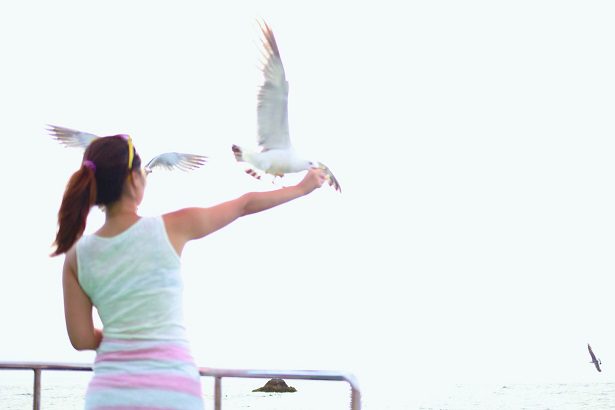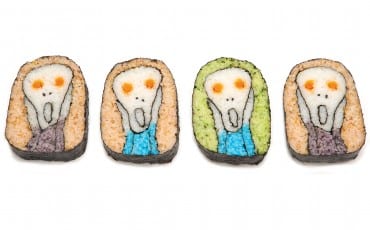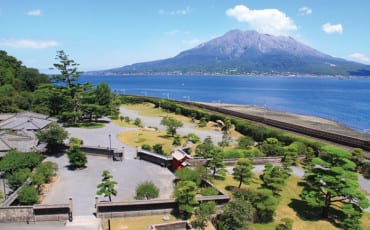Articles
Features
Oct 1, 2014
Sado Island – The Nature’s Paradise
Of all the facets of Sado, the one thing that touched Oishii contributing writer Tan Lili the most is the island’s spectacular natural beauty. Read on to find out why.
“As a nature lover, the sights that greeted me at every turn in Sado left me at once awestruck and humbled. Suffice it so say, the highlight of my trip was the day of nature sight-seeing in Osado, the northwestern part of Sado that makes up a larger part of the island. Along the coastline, the clear waters – coupled with the rugged cliffs and rocks carved out over centuries by the Japan Sea’s strong waves – make for a grand spectacle; while the lush, verdant forests that are largely protected by the government’s conservation group are ideal for hikers and trekkers alike.
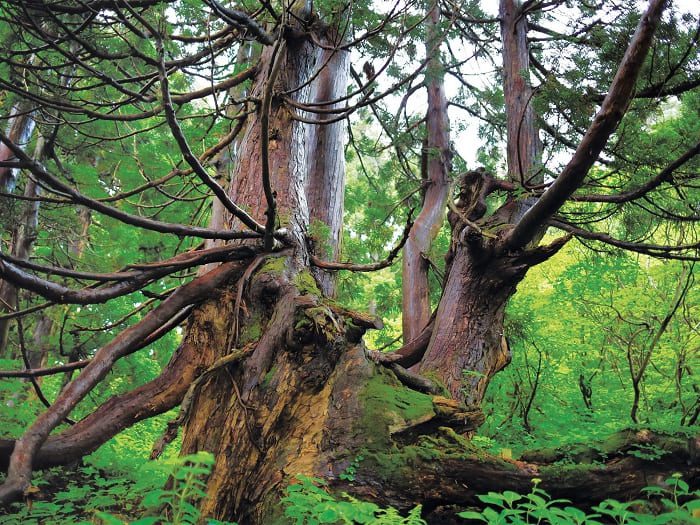
The day’s itinerary began with a leisurely hike at Ishina Natural Cedar Walkway. One of Japan’s most enchanting forests, it is home to some unique birds and flowers, as well as gigantic sugi (cedar) trees – some of which are over 1,000 years old! Open to the public from end-May to the beginning to November, the guide-free hike covers 800m and takes about an hour to complete.
The Ishina Natural Cedar Walkway is part of the Globally Important Agricultural Heritage Systems (GIAHS), which aims to protect and preserve the rich landscape to support biodiversity. Over at the forest, the walkway was made hiker-friendly, what with wood shavings scattered all over the pavement to soften the ground as well as to prevent it from getting muddy from the rain. The sugi trees are truly a sight to behold. Gnarled and weathered by centuries of wind and snow, the twisted branches of the 20m-tall trees evoke a mythical fairytale realm. At the peak of the hike, which stands at 900m above sea level, is a platform that boasts a panoramic view of the forest. Depending on weather conditions, you’d either be marveling at a mist-filled scenery, or one that overlooks a sea of clouds. One more thing: you’d be hardpressed not to take in greedy gulps of amazingly crisp air inside the dense forest! It is one of the many aspects I sorely missed the moment I returned home.
Next stop was Onogame. At 167m above sea level, it is one of the three largest rocks in Japan. To snap the best possible photos, visit this iconic landscape in early Summer (mid-June) – the rock would be carpeted by tobishima kanzou, a rare and unique variety of wild yellow lilies.
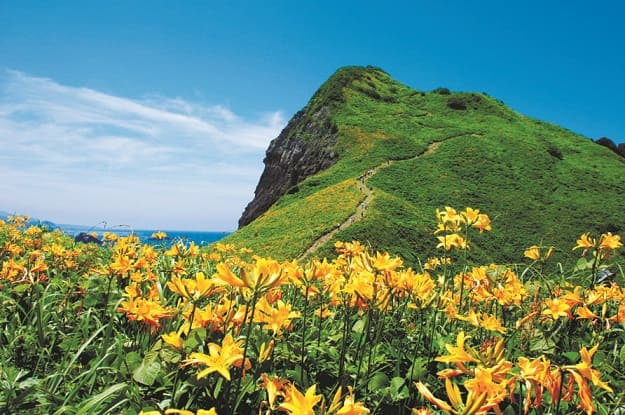
Just before sunset, we made our way down to Senkaku Bay, a designated Quasi-National Park that is named after Hardanger Bay in Norway for their stunning resemblance. At the top of the observation cliff lies the only aquarium in Sado. Though small in size, the aquarium showcases plenty of interesting marine life. The tour began with a 15-minute glass-bottom boat ride around the bay.
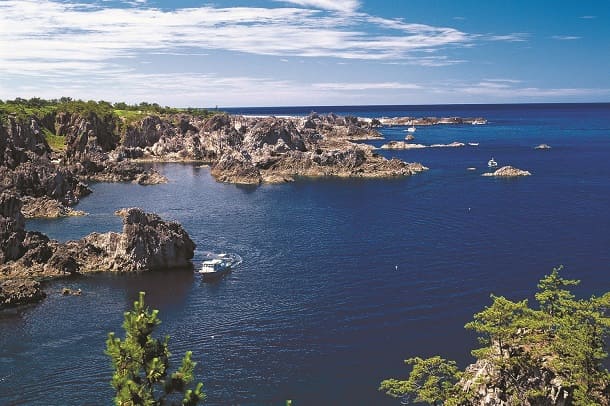
You could enjoy the sight of schools of fish swimming about the crystal-clear waters through the glass-bottom. But if you, like me, prefer to soak up the majestic beauty of the fjords, step onto the deck and simply live in the moment. Now, here comes the magical part: Before we got on board the boat, I was given a packet of prawn crackers, intended for the flocks of seagulls around us. The moment my hand was lifted, a flock of them flew in my direction, slowing down as they neared my cracker-wielding fingers. Coupled with the breathtaking backdrop of the sun dipping into the sea, it was an exhilarating feeling like no other – I wish I could bottle it up like a fragrance for whenever I needed a spritz of unadulterated bliss!”
Tale of the Toki
Once upon a time, toki, the Japanese crested ibis (Nipponia nippon), used to roam the skies of Japan in large numbers. Sadly, human activity – destruction of their natural habitat, excessive hunting, etc. – resulted in the species’ depopulation during the Meiji period. Despite artificial breeding attempts, toki became extinct in Japan in 2003.
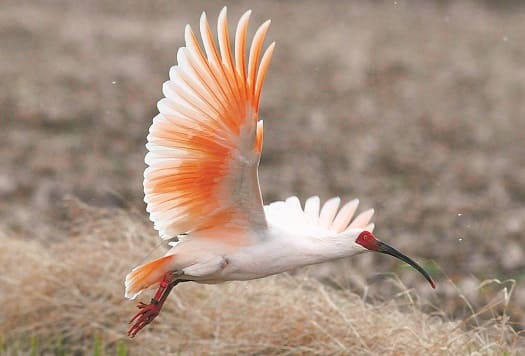
Thankfully, a pair of toki from China was successfully bred in captivity in the Sado Japanese Crested Ibis Preservation Center in 1999. The 100 new birds were released into the sky in Sado in 2008. Most recently in 2012, three toki chicks had hatched on the island – it marked the first time in 36 years that the species had hatched in the wild in Japan! Today, toki is designated as an internationally protected species, with Sado actively promoting biodiversity in the hope that humans and toki can, as they say, live happily ever after.
